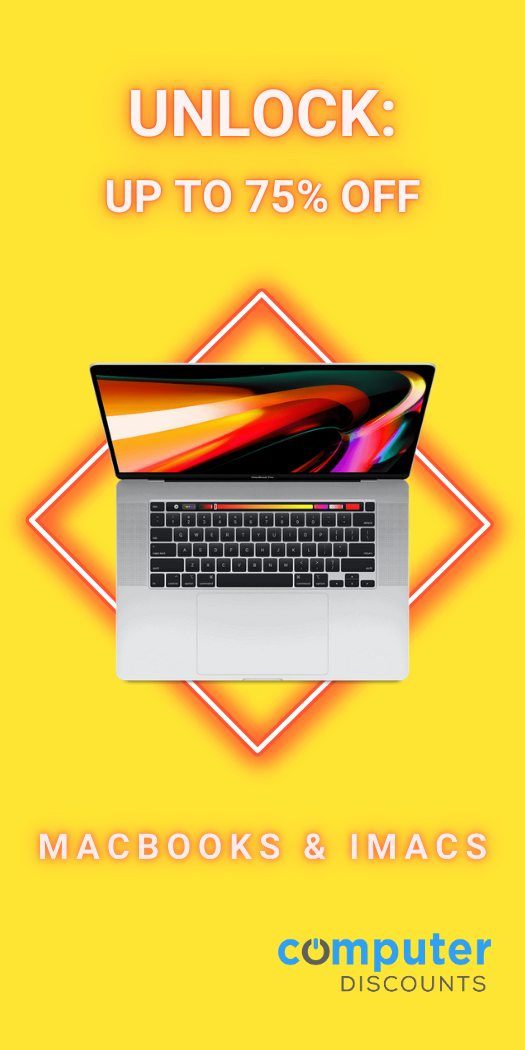To gain a better understanding of Chromebooks, it is beneficial to examine their capabilities and limitations. in this article we will discuss about Chromebook.
What is a Chromebook?
A Chromebook is a type of laptop primarily intended for web-based applications, online storage and access to Google Docs and other Google applications. First introduced in 2011 as an affordable alternative to regular laptops, they have since evolved as technology advanced, however they are still offered in a range of sizes and price points intended to cater to different target audiences.
Major tech companies like Acer, Asus, HP, Dell, Lenovo and Samsung all offer Chromebooks ranging from ultrabook-like designs for pro users to 2-in-1 laptops for those who want to be able to make use of both traditional laptop features as well as tablet features. For budget shoppers there are also traditionally designed clamshell Chrome systems which provide an accessible way for people looking for their first personal laptop or those wanting cheap machines for educational institutions. While these lower end models tend not to be as powerful or sleek as the premium versions on the market, what Chromebooks lack in raw power they more than make up for with intuitive interface design and affordability.
History
The Chromebook revolution began in 2011, when Acer and Samsung announced their Chromebooks at the Google I/O conference. The devices were powered by a Lenovo, Hewlett Packard and Exynos 5 Dual processor, and were swiftly met with skepticism from tech reviewers. However, this initial reaction soon changed as people discovered the benefits of using a device that empowered them to be more productive through their browser-based apps and operating system.
In 2013, Google unveiled its own Chromebook Pixel to introduce an even better user experience, complete with a high-end retail price. Acer introduced the Chromebook 15 in 2015, featuring a 15.6-inch FHD display, which was a unique feature in its category at the time. It is no surprise then that by March 2018, Chromebooks had made up 60% of computers purchased by schools in the United States – testament to their increasing popularity and accessibility among users looking for a lightweight computer that can be carried around conveniently or used in school or workplace settings.
Design
Designing a Chromebook involves creating an operating system that uses the Linux kernel along with the Google Chrome web browser, and allowing users to plug in various USB and Bluetooth devices such as mice and keyboards. Coreboot has been employed on all Chromebooks except for the first three models, helping to drastically reduce boot up times. Google provides automatic updates for at least 8 years for new Chromebooks, making them more secure than ever before. Each product has their own code name that allows you to quickly identify hardware generation and Linux kernel version.
Chromebook development initially involved Acer, Adobe, Asus, Freescale, Hewlett-Packard (later HP Inc.), Lenovo, Qualcomm, Texas Instruments, Toshiba,,Intel,,Samsung,,and. These partners worked together in order to create this laptop computer specifically tailored for use with ChromeOS and its integrated media-player. Thanks to their coordinated efforts, users are now able to easily dive right into their computing needs with just one device; no longer needing multiple pieces of technology in order to get started.
Chromebook – worth it?
For many users, a Chromebook can provide all of the basic computer functions for a fraction of the price of a traditional laptop. One of the key features of Chromebooks is the operating system, which is based on the cloud and developed by Google, known as Chrome OS. This streamlined, secure system allows you to access your documents and other files from any Internet-connected device. Additionally, Chromebooks usually have long battery life and their light weight makes them easy to transport.
However, there are some drawbacks to using a Chromebook that should be taken into consideration. For one thing, they are more limited in terms of storage capacity than most other laptops on the market. This means that relying solely on cloud storage could eventually become an issue if you find yourself needing extra space for programs or large files like videos or photos. Furthermore, Chromebooks cannot run standard Windows software such as Microsoft Office or Adobe Photoshop – so if you rely heavily on third-party programs and cutting-edge gaming titles then this may not be the best option for you.
What is Chrome OS?
Chrome OS is a Linux-based operating system that primarily runs the Chrome browser. This means users can do practically anything they can in Chrome for Mac and Windows, but with some unexpected extras. Thanks to advancements in Chromebooks, they now come with the ability to access Android apps and increasingly, Linux desktop applications. This makes having a Chromebook just as useful for tasks like gaming, video editing, or any other software you may need for work or school. It offers an array of services previously available only on Macs or PCs—just without the same breadth of software.
Although its capabilities have significantly expanded over the years, at its core Chrome OS is still largely based off of the Google Chrome web browser. As such, it’s primarily meant for devices made to browse the web; however, plenty of useful functionality has been added to make using devices running Chrome OS just as practical and enjoyable as using laptops running Windows or macOS. All in all, while not replacing either of these popular systems anytime soon, Chrome OS devices are quickly becoming a more viable option for users who don’t require particularly specialized computer hardware or massive amounts of processing power.
Chromebooks can’t run Windows software like Microsoft Office or Adobe Photoshop because of Chrome OS limitations. Chromebooks may not be suitable for users who heavily rely on third-party software or require high-performance capabilities for running the latest games on their computer.
Chromebook special features
Chromebooks have a range of special features, many of them enabled by the arrival of Google Assistant on the Chrome OS platform. On certain models you can use a dedicated Assistant key to activate it – instead of having to invest in a Pixelbook Pen. The browser launcher has been updated with Google Now, giving you access to info cards with the current weather and local news stories.
Another nifty feature is an improved on-screen keyboard, designed for touch-screen use and perfect for Chromebook 2-in-1s. It’s minimalist design notes your scribbles and offers up realistic text options for easier typing. In our tests, this feature was always accurate when interpreting handwriting – so no weird autocorrect surprises! Overall, Chromebooks appear to be designed with convenience and efficiency in mind, as more enhanced features roll out every few months.
Chromebook vs. laptop: what’s the diff?
Chromebooks are becoming increasingly popular in the laptop market as a viable alternative to traditional windows laptops or other laptops. While they’re similar in design and basic hardware, the primary difference between Chromebooks and other laptops is their operating systems. Chromebooks are typically powered by Google’s browser-based Chrome OS, while most standard laptops tend to run on Microsoft Windows or Apple’s macOS.
Another notable difference between Chromebook laptops and regular ones is their built-in storage solution. Chrome OS requires less resources than Windows or macOS, so it can easily be stored on hardware with minimal storage capacity. As such, many Chromebooks offer smaller amounts of internal storage – usually 16GB or 32GB – which makes them suited for day-to-day web browsing and some light productivity tasks. Most people would prefer extra space if possible, however those seeking portability may appreciate the compromise.
Should you buy a Chromebook?
For those looking to use their computer mainly for web browsing, emailing, and office work, a Chromebook may be the perfect option. Not only is it more secure than other computers in terms of virus protection, but it also runs on lighter hardware that makes it cheaper than other laptop options on the market. Since most of what can be done on a Chromebook is handled by web-based apps such as Gmail or Google Docs, these laptops won’t break a sweat when performing standard tasks. Additionally, budget models will cost less up front and have fewer components to maintain so they last longer before becoming obsolete.
For users who need more power from their machine or would like to explore Linux capabilities and Steam gaming, a higher-end Chromebook might be necessary. These models feature beefier processors that are capable of multitasking multiple tabs or apps with minimal slowdown and graphics cards that will allow for an even smoother experience no matter how intensive the task. You also get access to Android versions of many popular apps so you won’t miss out on your favorites either! All taken into account, if you’re someone who mostly sticks to web browsing and office software—or are looking for something more powerful—a Chromebook could make a great addition to your computing needs.



